Estimating construction costs is a fundamental notion in forecasting the cost of a building. Project owners often use construction cost estimation to determine a project’s viability, scope, and necessary budget allocations.
Inaccurate construction estimates are detrimental to the job since they might cause you to lose a bid fast or win one but lose money during the construction process. However, there are some strategies you can use to ensure that your construction estimates are accurate and growing. The information provided here can help you improve your cost estimation accuracy.
Create A Template For Each Job
Creating a template guarantees that nothing is overlooked when creating a building estimate. Templates encompass all line items under the project’s scope of work. For some subcontractors, a template may include goods and labor. On the other hand, the electrician’s or plumber’s template comprises more items like fixtures, controls, and transmissions. Insurance limitations and administrative charges might also be included in the template.
Depending on the project, items can then be added or deleted from the template.
Reviewing Previous Projects
Continuous improvement is only possible if you look back at where you started. When it comes to putting up bids, a review of previous projects is beneficial. You can learn from prior mistakes to improve the accuracy of your estimates. A construction estimate for a project of similar size and scope is likely. Of course, no two projects are alike, but breaking down the construction task costs allows you to examine the numbers.
Effective Takeoffs
Without needing to print anything, you can use takeoff software to improve the accuracy of your takeoff. The more precise your takeoffs, the more accurate your construction estimates. As a result, project cost estimators may identify areas and lengths more accurately in much less time. You can also break down your project into a work breakdown structure, guaranteeing that no major components are omitted. However, do not count every screw in the project. Stick to the important stuff instead.
Verify Your Labor Costs
One of the most expensive costs of a project is labor. You must understand your crew’s productivity and completion time to make money. Labor expenditures include hourly salaries and the company’s labor burden. Indirect costs include retirement, union payments, tools, benefits, and other expenses. A total labor rate includes all of these costs.
Even under ideal circumstances, no two people work at the same rate. As a result, while estimating the labor rate, you should consider the weather, skill level, training, and personal difficulties. In this manner, you can precisely predict the number of person-hours needed for the project and include it in your construction cost estimation process.
Verify Subcontractor Proposals
Subcontractors in a project bid for different jobs, so you must review the proposals to identify what is and is not included. Subcontractors may overlook or omit portions of their scope of work.
After reviewing the offers, you can select the best offer for the job. Checking other proposals is a great approach to double-check subcontractors’ work and ensure they are not overcharging.
Confirm Your Formulas
Nothing is more humiliating than putting together a realistic cost estimate with mathematical errors. Before submitting your bids, double-check the calculations on the spreadsheet or software. Minor calculation errors might add to large sums and derail the entire estimation process.
Conclusion
Construction cost estimator simplifies estimation in both simple and large projects. There is a small tolerance for human error, and high usability provides cost and reporting analyses.
The software’s ease of use makes it simple to submit bids quickly and efficiently. You can reach out to Quick Devis for accurate estimates for your next project. We will help you get the best services and ensure high customer satisfaction.

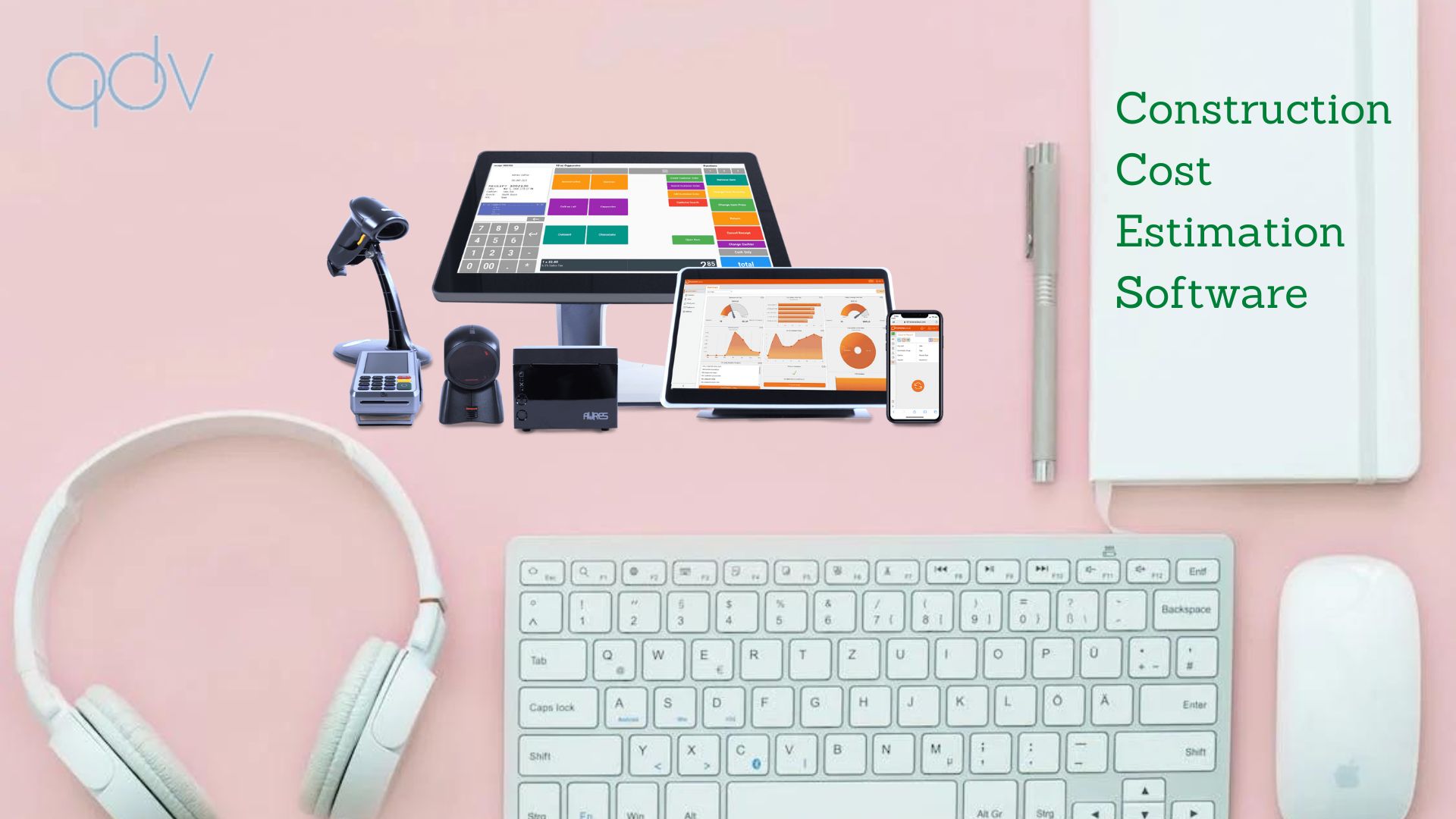
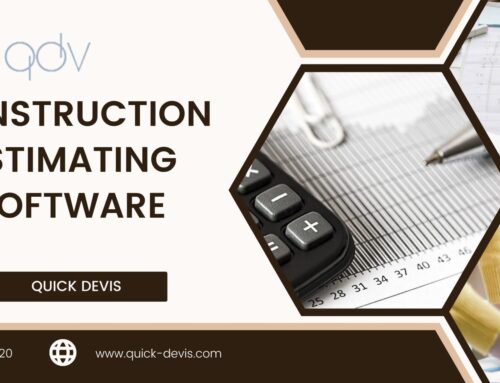
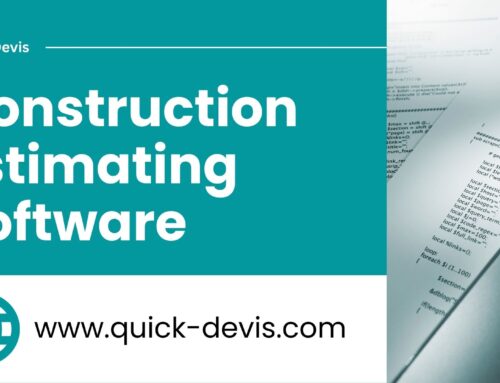

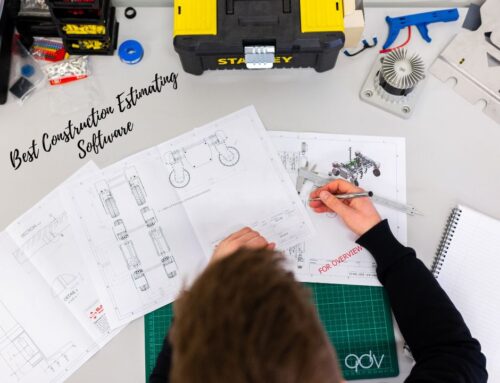
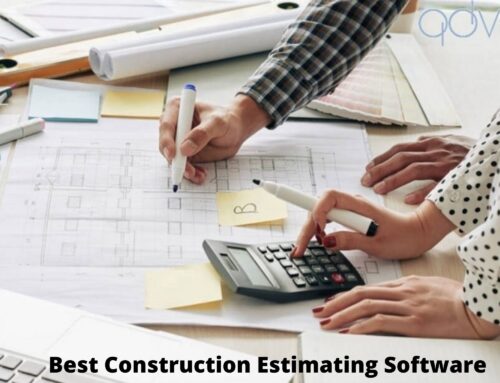
Leave A Comment
You must be logged in to post a comment.